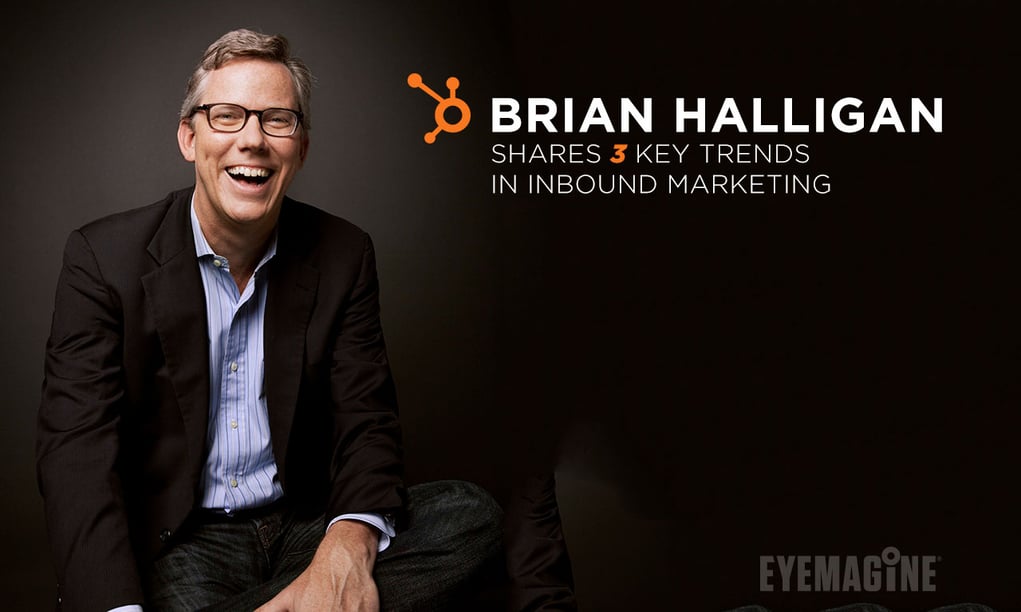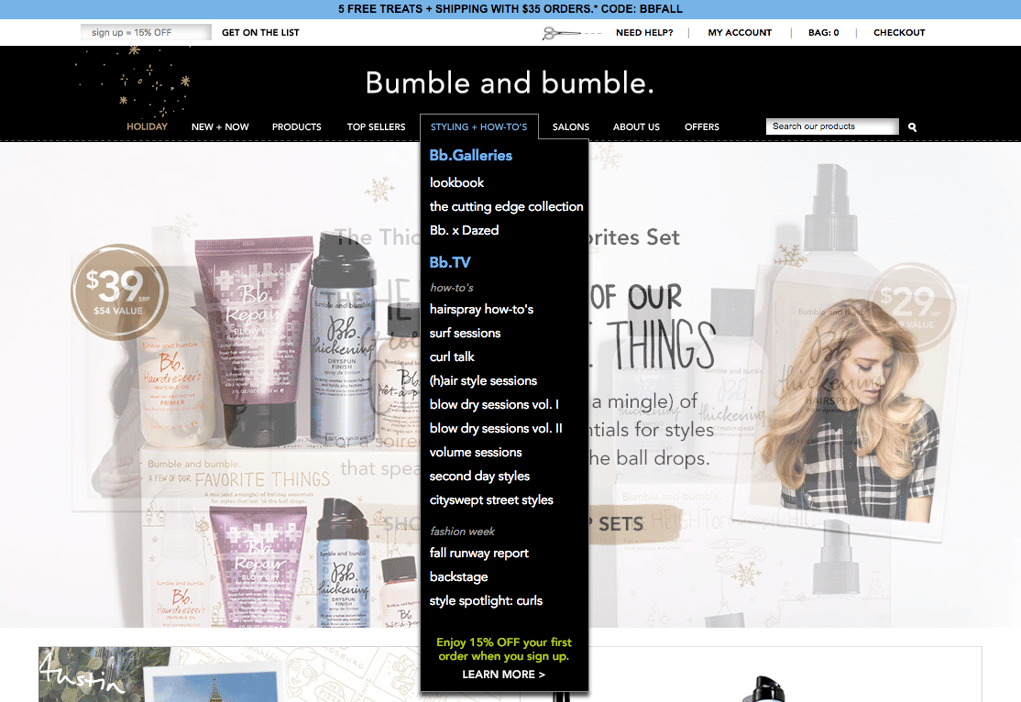
Inbound strategies - like all aspects of the digital world - are constantly evolving as more fresh and intuitive techniques are developed. To survive in this competitive, ever-evolving landscape, inbound marketers have to stay up-to-date and on the cutting edge so that they don’t end up lost in a sea of expertly-crafted inbound content.
HubSpot spoke about how to do exactly that at this year’s INBOUND - their annual marketing conference in Boston, Massachusetts. Specifically, Brian Halligan, HubSpot’s CEO and Co-Founder, discussed the difficulty of creating a successful inbound marketing strategy and touched on key inbound trends that all marketers should know about if they want to stay on top.
Here, we’ve rounded up three of the most important trends that Halligan touched upon during his INBOUND speech.
The Current State of Inbound
Halligan opened up by defining the current state of inbound marketing, saying simply that, “supply is greater than demand.” To figure out what this means, let’s take it back to Econ 101. Put simply, supply is essentially the amount of a commodity that exists, while demand is the cumulative buyers’ desire for this commodity. The relationship between these two variables regulates the commodity’s price.
In this case, that means that there is more marketed content on the internet than there is consumption of the content. And what does that mean for inbound marketing? It means that your content is losing value, and it’s happening fast.
In this competitive context, marketers have to stand out to succeed. To this end, Halligan shared three important marketing trends that will help your content stand out from the rest - and EYEMAGINE is here to deliver them to you.
Inbound Marketing Trend #1 - Cold Calling Is Dead
Before we lose you, let us preface by saying that we know that part of this is old news: cold calling is an outdated, useless sales mechanism, and it has been for a long time. In fact, according to recent market standards, it would take 6,264 cold calls to make just 4 sales.
Sales teams, we feel you - ain’t nobody got time for that. But have you considered the alternatives? Have you explored lead generation tactics that will differentiate your business?
If your answer is no, one easy way to start is by looking at your sales personnel as your front line marketing campaign. Revamp their social pages to position them as thought leaders in your industry and continually share relevant, eye-catching content across their social pages. They will acquire an organic following of qualified leads that you can use for your business. Also, make sure that they are joining the conversation by answering questions across LinkedIn groups or in open marketing forums. This will build community, personalization, and authenticity for your brand.
SEE ALSO: How to Use Inbound Marketing to Keep Your Clients Engaged
Inbound Marketing Trend #2 - Email Is About Context
We know that you know this but sit tight while we explain this one, too. The best way to define the term context as it relates to marketing is, “delivering the right content, to the right people, at the right time.” You have to utilize spot-on context in your emails in order to guarantee results.
In fact, consider context as a right of passage, a barrier to entry, a must-have on a long list of relationship requirements. Why is it so important? According to Chadwick Martin Bailey, U.S. email users unsubscribe from business or nonprofit email subscriptions primarily because there are too many emails (69%) or because the email content that is no longer relevant to them (56%). This means that if you don’t optimize your lead segmentation and scoring data for more targeted emails, you will be left in the dust. Here are a few tactics that you should incorporate into your email marketing strategy to improve its context today:
More Forms, More Often
To start, you’ll need to collect the information that allows you to build context around your emails. Forms are undoubtedly the best way to gather the data you need to segment and score your contacts. Most of the time, marketers only utilize forms at the beginning of their marketing strategy. This is a huge mistake. Consider creating more opportunities for prospects to self-identify, and always utilize smart fields to avoid asking for the same information twice.
Smart CTAs
As you learn more about your contact, it is important to tailor the calls-to-action that they see. Why? In a study of over 93,000 calls-to-action, HubSpot found that “calls-to-action targeted to the user had a 42% higher view-to-submission rate than calls-to-action that were the same for all visitors” (HubSpot). In other words, smart CTA’s bring marketing results. If you’re not sure where to start, try segmenting your CTA targeting by lifecycle stage. This ensures that you’re not showing the same old top-of-the-funnel offers to someone who is close to converting.
Personalize, Personalize, Personalize (But Don’t Be Creepy…)
Email personalization has been around long enough for us to know that it works. In fact, personalization has proven to improve email clickthrough rates by 14% and conversion rates by 10% (HubSpot). To really optimize this opportunity, try expanding your email strategy beyond simply adding your contact’s first name to your subject line. Include details such as their industry, geographic location, or most recent website activity in targeted email campaigns. But don’t let our pressure on contextualized marketing push you into the realm of being creepy. Think of it like dating - would you include information about your lead’s (date’s) annual marketing budget (salary) in your welcome workflow (initial week of texting)? If you want to make a sale (get the second date), the answer is probably no.
Inbound Marketing Trend #3 - Free Your Content
Consumers are smarter than ever about the ways that they approach content. Most importantly, they are becoming much more frugal with handing out personal details- they want the content now, and they want it free. Earn more leads and build better, more trustworthy relationships by crafting innovative or inspirational content that you share with your visitors at no cost to them. One of our favorite examples of free content is haircare expert Bumble and Bumble. Their website boasts an extensive library of how-to and step-by-step style guides that will undoubtedly catch the attention of any hairstyling protege and keep them coming back for more.

The most important part of creating this free content is to make it worth an extraordinary amount to your consumers. Give this content extra time, effort, and strategy. Whenever you can, use video. And whenever you can, share on social.If you still have time after all of that, build a team of influencers to promote and contribute to this free content.
Inbound marketing is evolving, and unless you update your marketing strategy to remain on the cutting-edge of the industry, you’ll be left out in the sea of unopened, unread, underutilized content.

